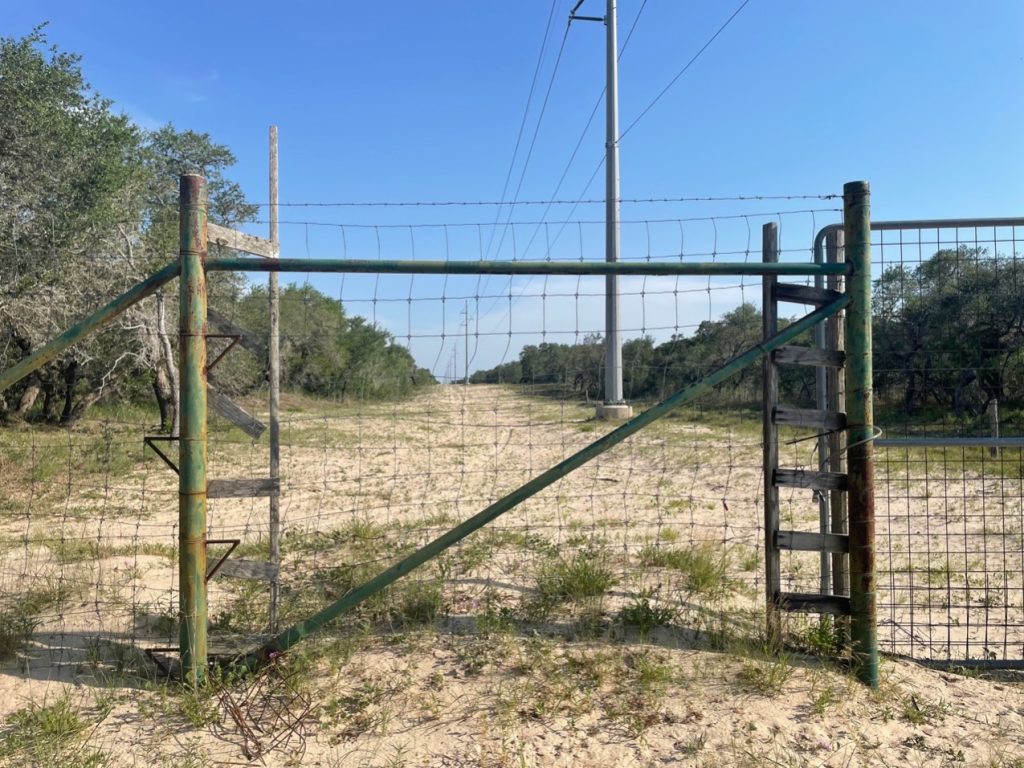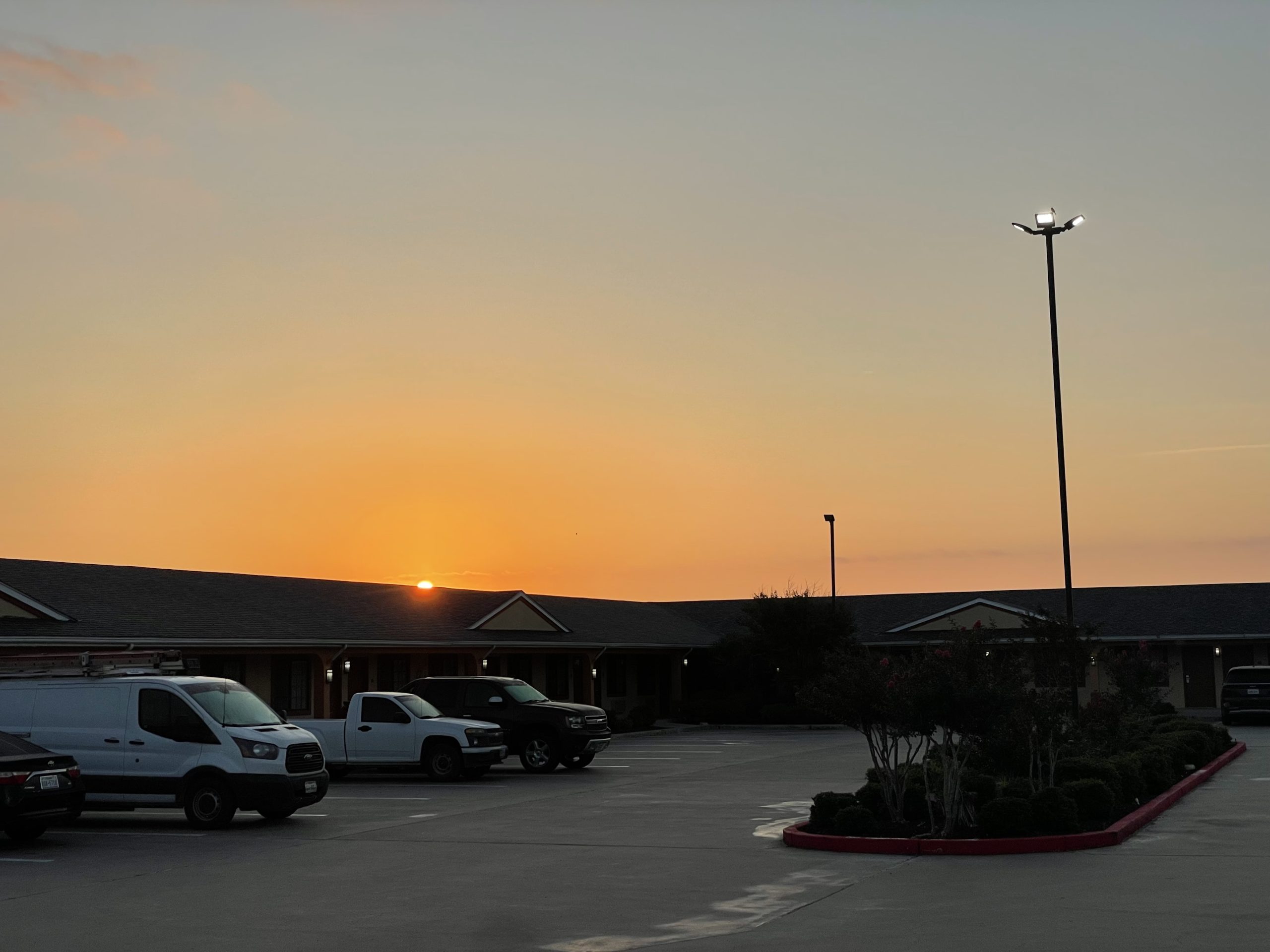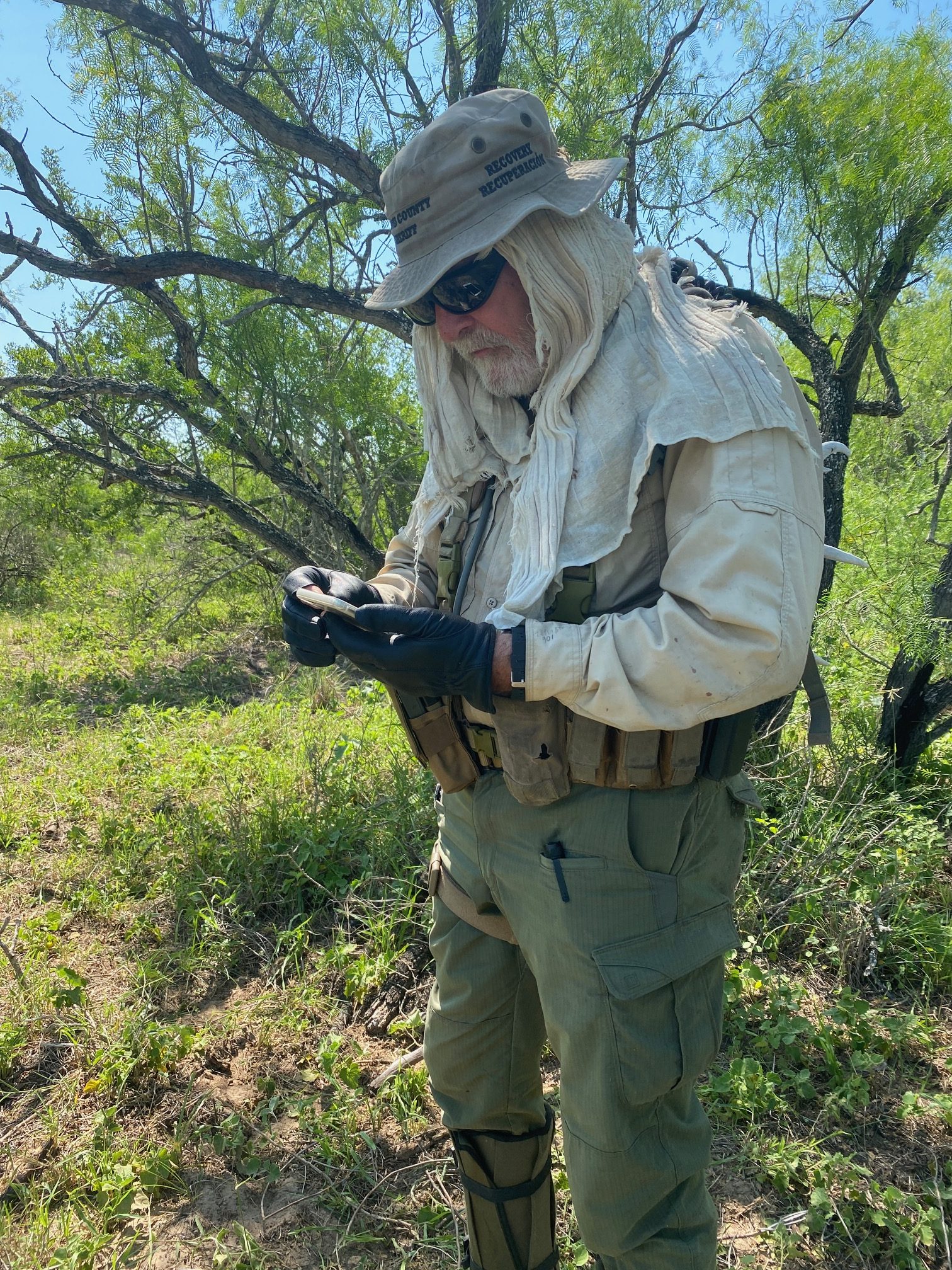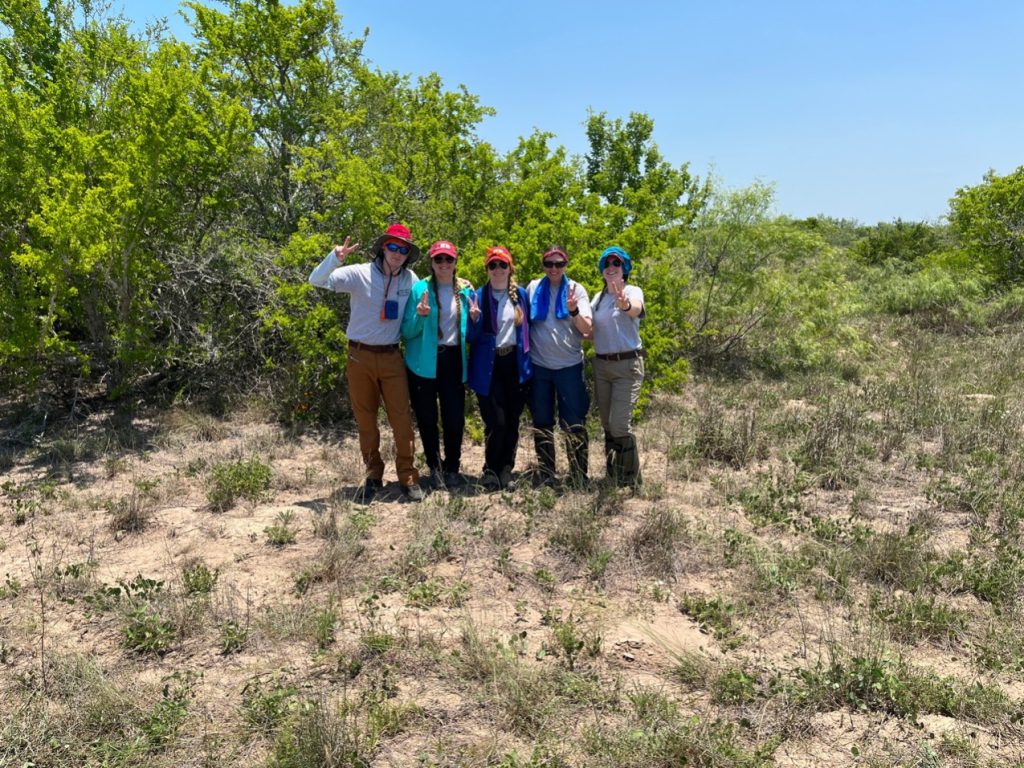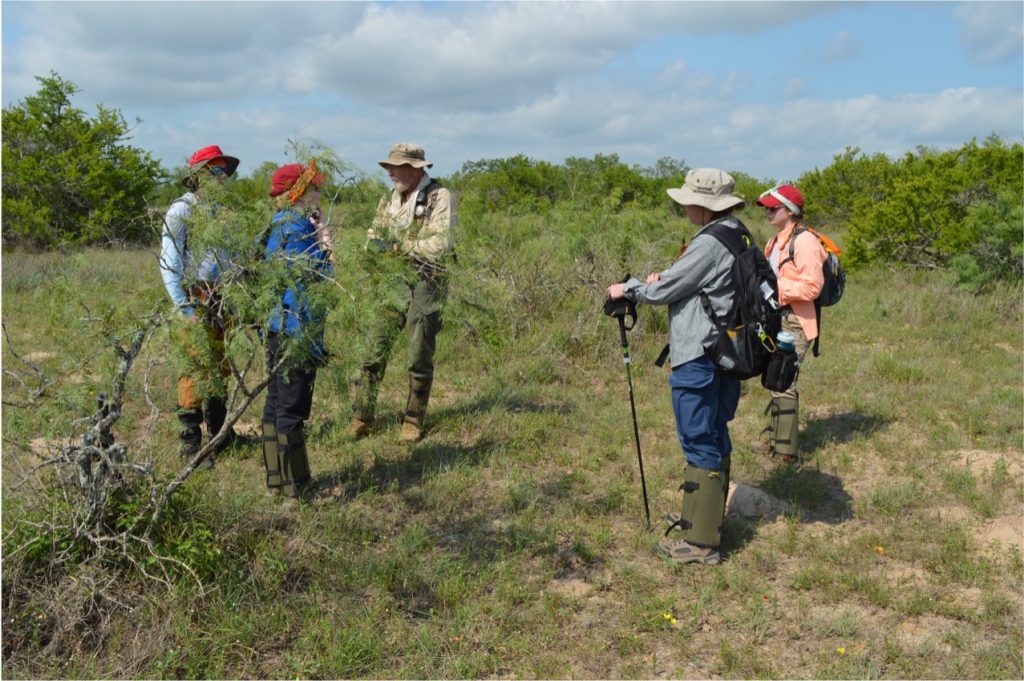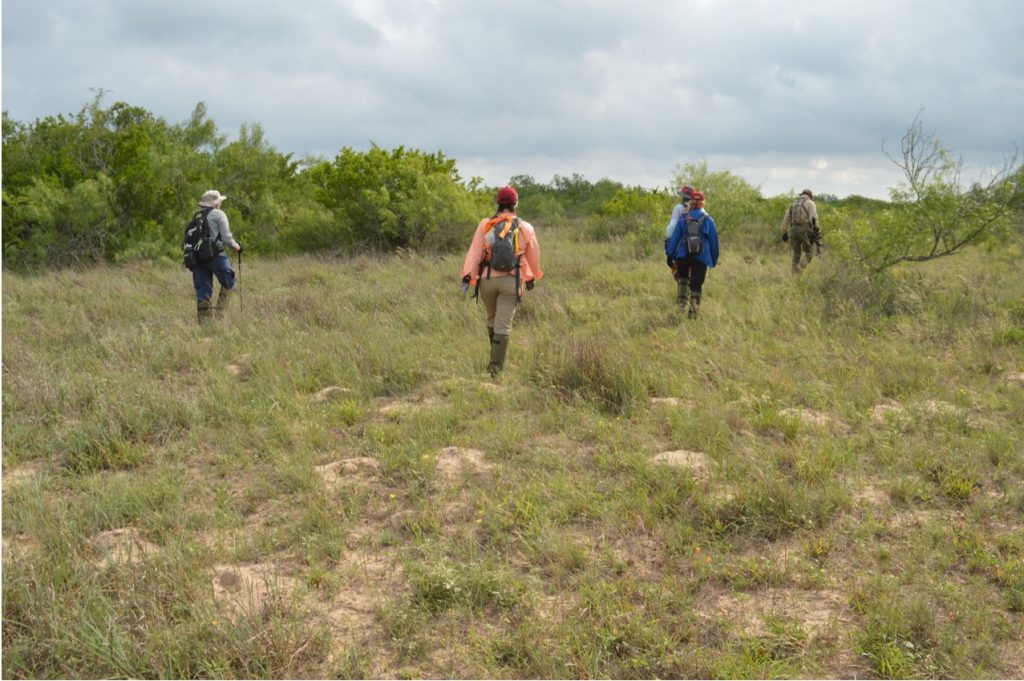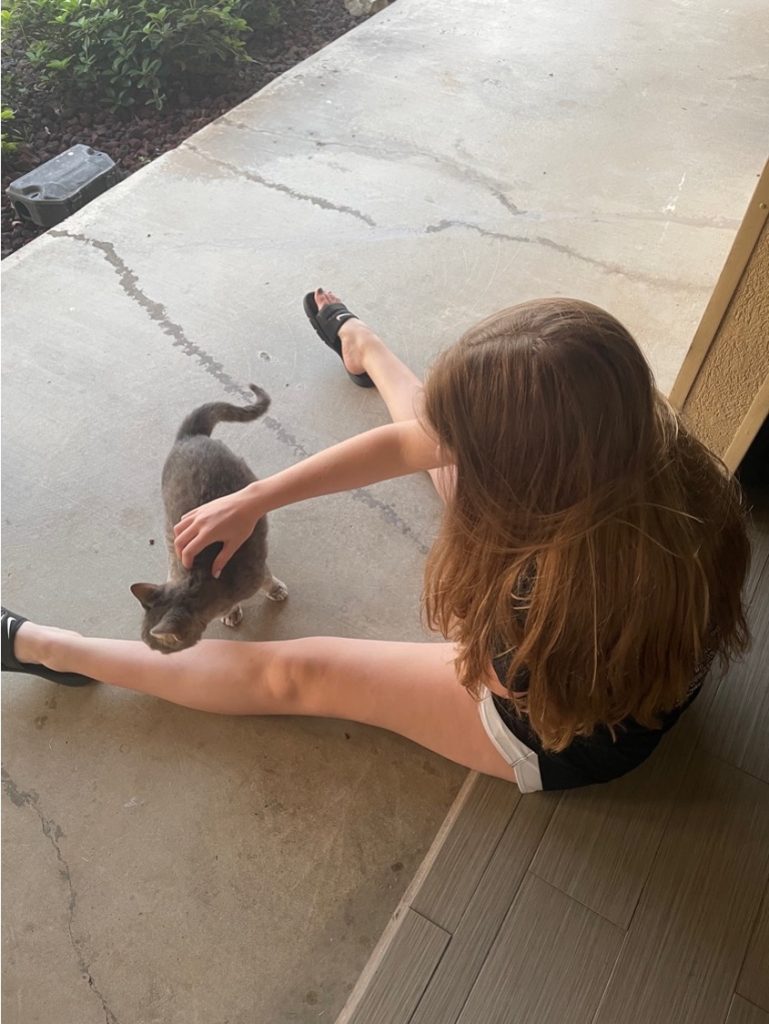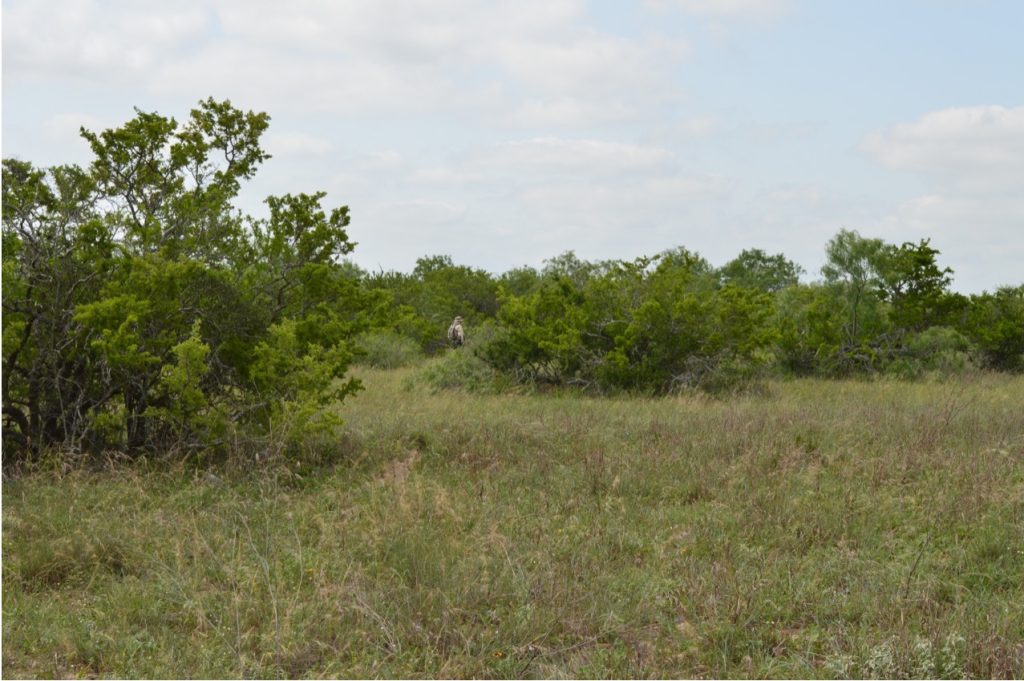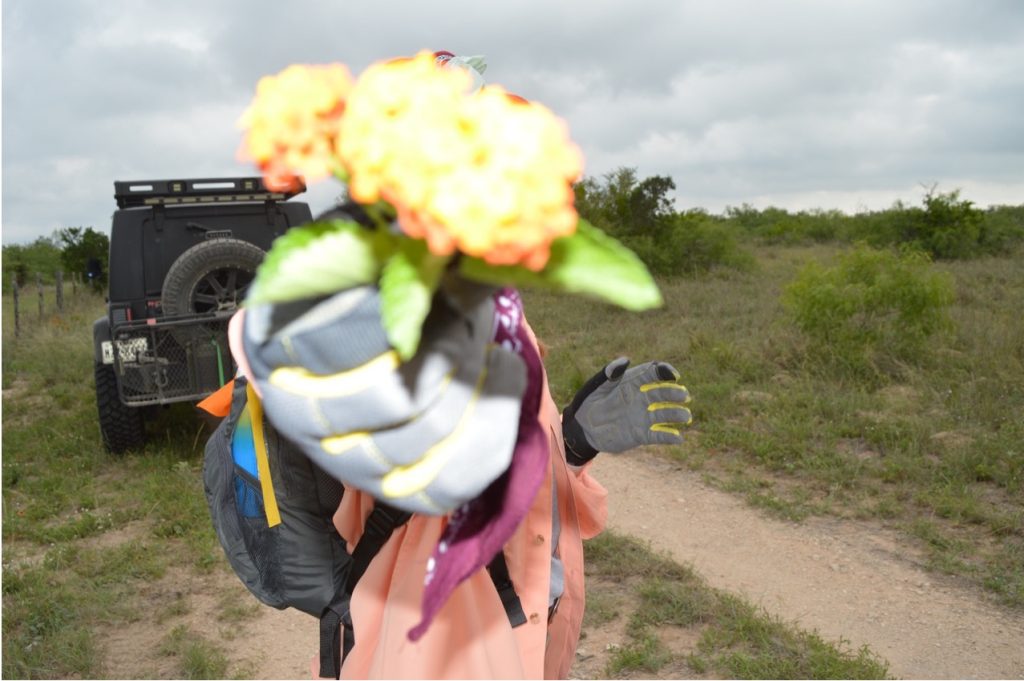
Today, we got to sleep in for 30 extra minutes… and we still left the lights off for longer than usual. A slugglish morning was quickly halted by a change of plans. Today emphasized the team motto of “expect the unexpected” as our plans changed within 15 minutes of departure. Instead of our original plan to assist the South Texas Human Rights Center with water stations, we loaded into Sandy and headed for the border. We are sad we won’t be able to see Eddie this trip, but know we will see him the next time the team is in town. Surprisingly, it’s a bout 1.5 hours from Falfurrias to the actual border. A nice long car ride for team bonding and the Texas playlist motivating us through it all. The landscape slowly changed from ranch land to urban civilization. I do have to include that I heard Dr. Latham’s first evil laugh because for the first time in my life, I said the words “I like Texas”.
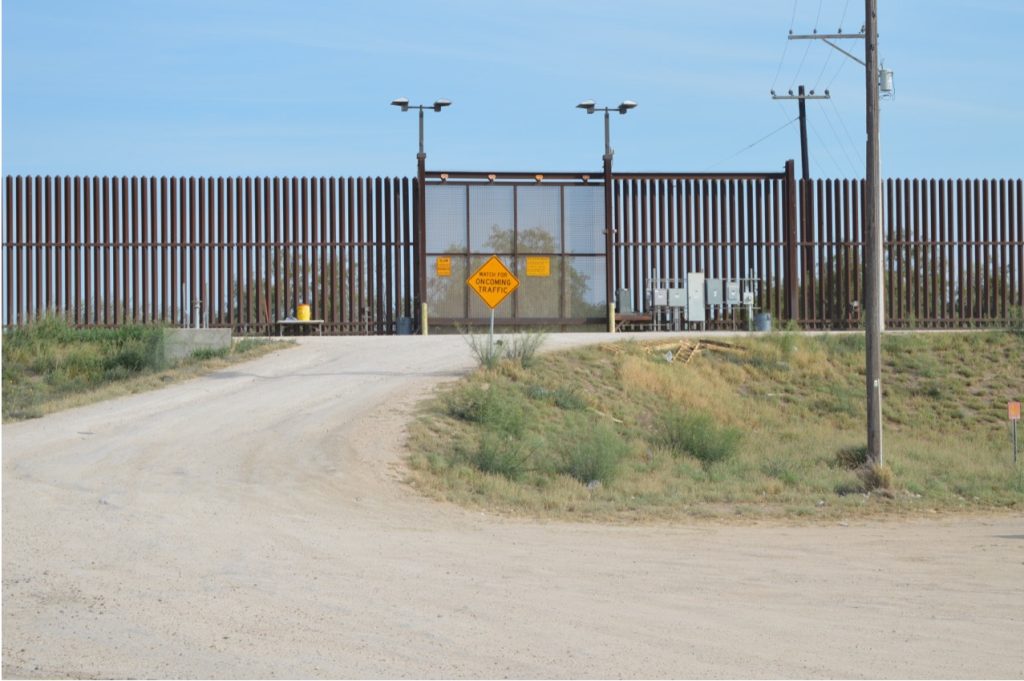
As billboards and shops changed from English to Spanish, we pulled off the main road to avoid accidentally going into Mexico (if only we brought our passports!). We walked up close and personal to the wall, where we could see ladders and personal effects of those who crossed. In some areas, handprints and slide marks were visible on the metal. The areas where the fencing seems shorter was accompanied by a steep drop on the opposite side and layers of barbed wire. Buildings in Mexico were clearly visible in the distance. We prepared to be interrogated by border patrol as you are not supposed to be that close, so we prepared to play our “tourist students” card as we saw a border patrol vehicle speeding towards us. I think it was the matching outfits, strategically placed cameras, and lighter than average skin tone that signaled to border patrol that we “weren’t a threat”. They sped past us and gave the cordial Texas wave. Not being questioned and chased away was a first for Dr. Latham in her ten years of trips here!
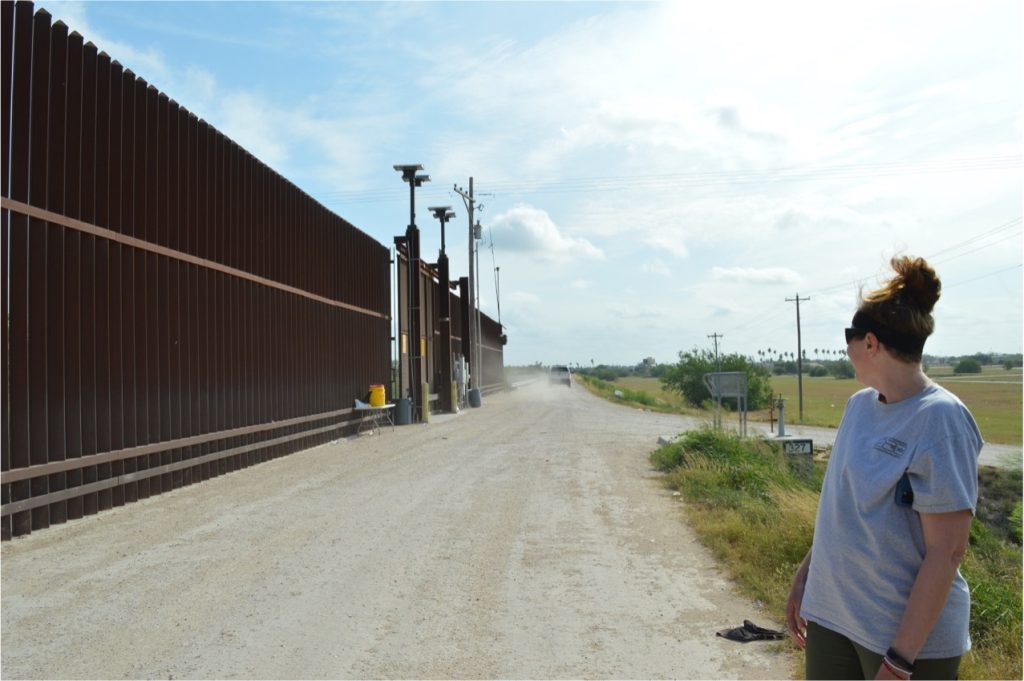
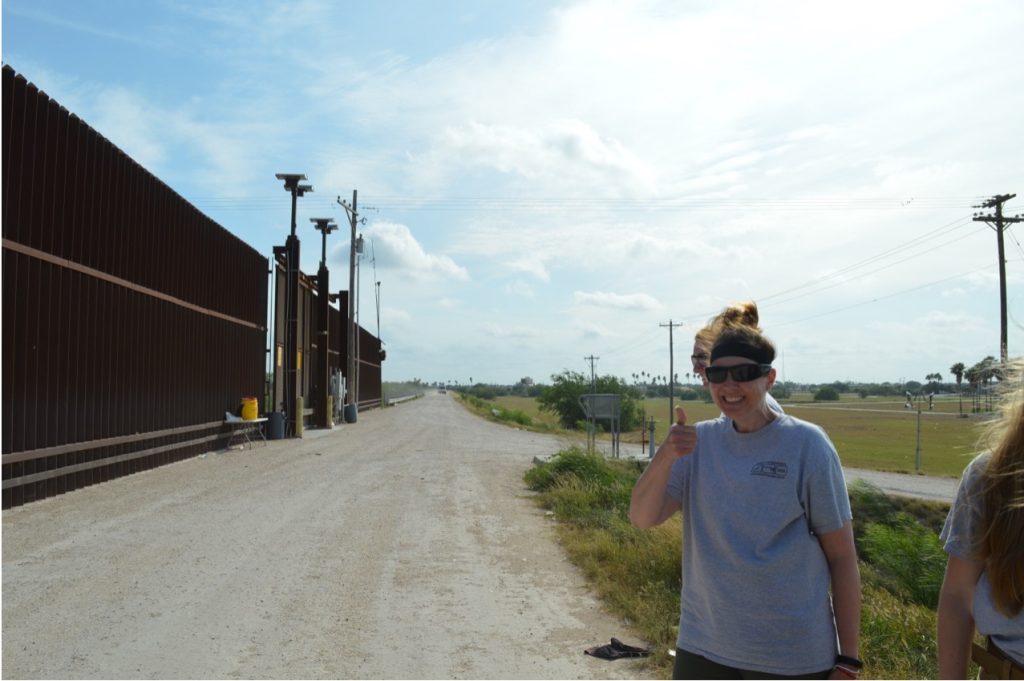
We returned to Sandy to head back to Falfurrias. On the way, we stopped for some lunch. I wish I could send tamales to you as you read this blog because they were absolutely fantastic. My teammates were introduced to aguas frescas and horchata that went right to your heart. I described my pineapple agua fresca as “taking one sip will make you feel like there’s nothing wrong in the world”. Once back in Falfurrias and buried under the weight of our food babies, we were able to relax for a bit to wait for an updated plan. [and by wait, I mean we all took a nap to ease our tamales] We awoke to Don and Dr. Latham at our door ready to bring us for more adventuring.
We visited the Brooks County Department of Corrections to view their newly updated mobile morgue. Don taught us about the impound lot where the morgue was found and said that the vehicles found there were usually a result of drug or human trafficking.
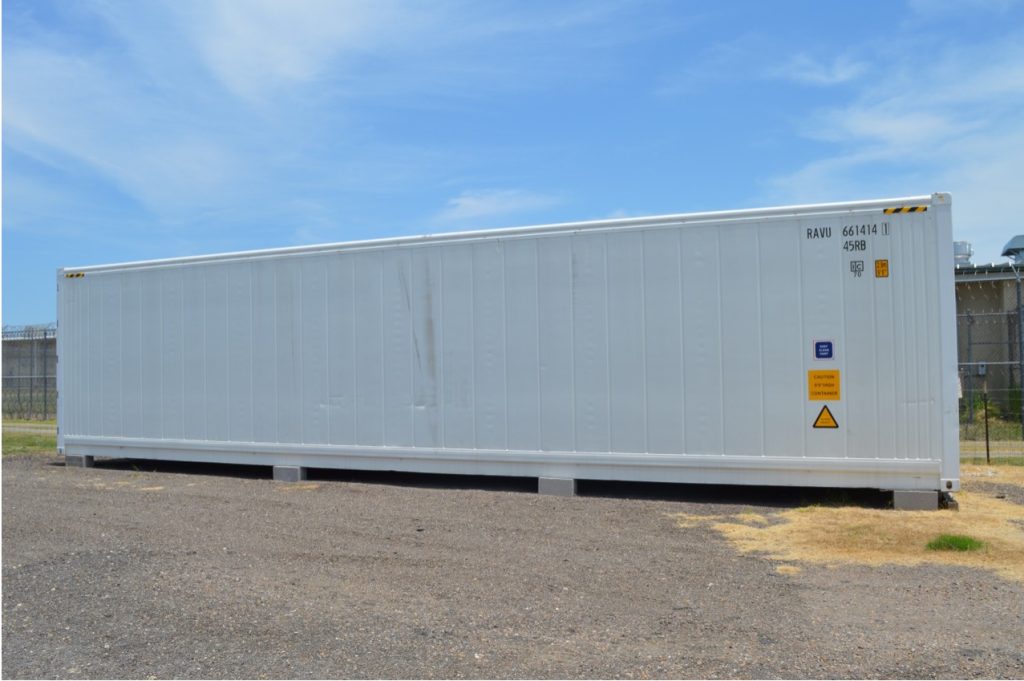
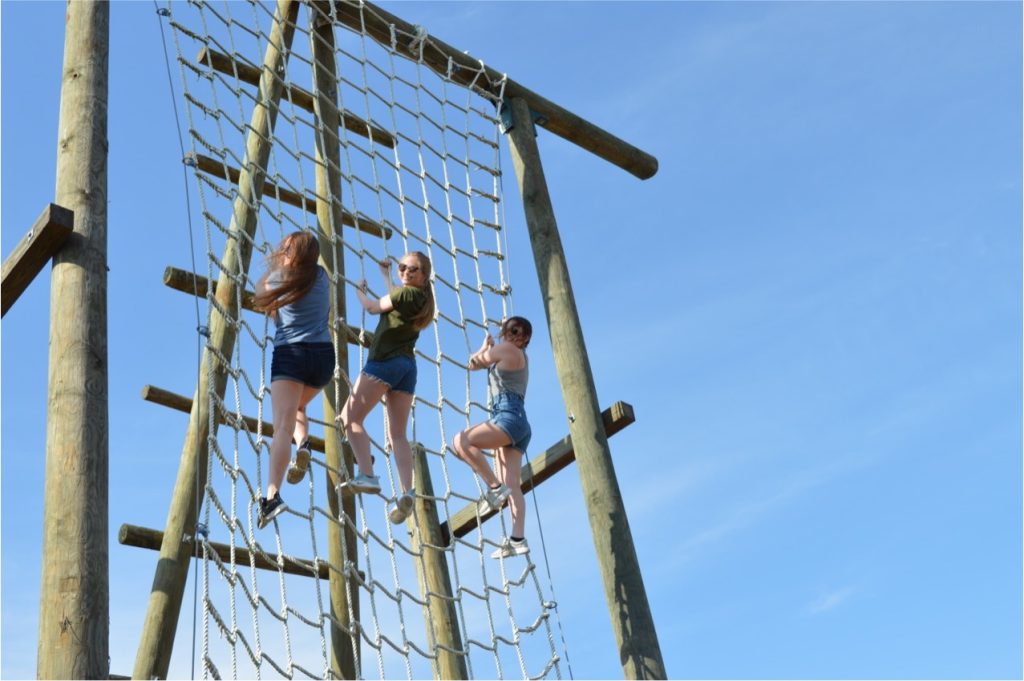
We returned to the hotel and passed the time until we met with Don, Ray, and some friends from Texas State to enjoy a cook out together. Don took us on a tour of the ranch and of course, taught us more along the way. This man knows SO much! We are all very thankful to hear any and every piece of knowledge he gives us, even if he gives us some *smart* remarks along the way. On our tour, we spotted a “confidence” course that we decided we had to try. Once we had climbed most of the way, the realization of how high up we were hit hard. I rolled into the net just to have the experience, but we all climbed down. My confidence was less than built up! It was very, very fun though. We continued our tour and learned how migrants may use pipelines and powerlines to guide them on their journeys. Many spots we stopped Don stepped out to look for possible tracks and check if there was any waters left in the water stations from migrants.
We returned to their homebase, and Ray started up the grill. It is always fun to get to unwind and talk to others who have such different experiences from your own. The meal was SO GOOD!!!!! Many laughs and good conversations were shared.
Tomorrow, we plan to get right back to searching. A “day off” was good, but can really make you feel guilty at times because you feel you’re not making any strides towards your goals. It has been a lot of hard work, and we have learned so much. Yet, the differences in the hours we work now versus my last trip in January are prominent and are very much in the back of my mind each day. It is important to keep perspective, though. We are battling Texas heat, attempting to stay as hydrated as possible, and trying to keep everyone safe and healthy. Texas is a more than fair opponent to face. We strive to stay positive and do as much as we can while we are able. All in all, it was a great day with even better people.
